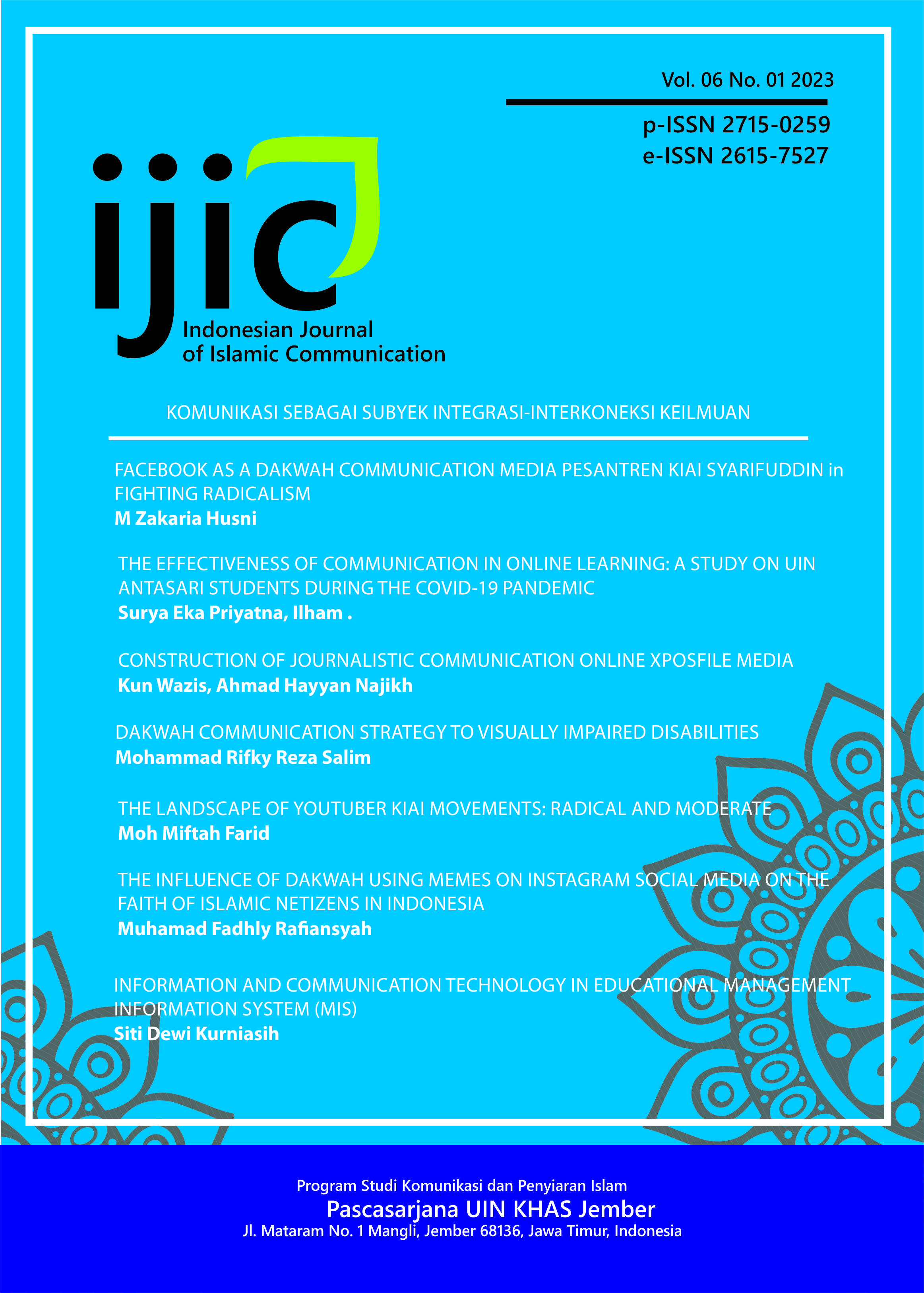INFORMATION AND COMMUNICATION TECHNOLOGY IN EDUCATIONAL MANAGEMENT INFORMATION SYSTEM (MIS)
DOI:
https://doi.org/10.35719/ijic.v6i1.2212Keywords:
Communication and information technology, management information systems, educationAbstract
The development of Information and Communication Technology (ICT) has brought significant changes in various sectors, including education. Management Information Systems (MIS) in the education sector utilize ICT to increase efficiency in data management, administration and learning processes. This paper discusses the role of ICT in supporting educational SIM, starting from managing academic information, communication between stakeholders, to personalizing the teaching and learning process. The application of ICT in education has great potential to increase accessibility, transparency and collaboration between system users. However, the application of ICT also faces several challenges, such as the digital divide, limited training for teaching staff, and issues of data privacy and security. This research uses descriptive-qualitative methods to identify the benefits and obstacles in implementing ICT in education SIM. From the results of the analysis, it can be concluded that optimizing ICT in education SIM requires continuous support, such as HR training, infrastructure improvements, strict data security policies, as well as efforts to build a culture of innovation. It is hoped that the appropriate use of ICT in education SIM can improve the quality of the education system as a whole, prepare students to face challenges in the digital era, and support a more inclusive and effective learning process.
Downloads
References
Laudon, K. C., & Laudon, J. P. (2005). Management Information Systems: Managing the Digital Firm. New York: Prentice Hall.
Global Education Monitoring Report: Inclusion and Education – All Means All. Paris: UNESCO.
Anderson, T. (2008). The Theory and Practice of Online Learning. Edmonton: Athabasca University Press.
Eadie, G. M., & Drysdale, J. (2008). "Analyzing the Impact of ICT on Educational Management and Practice".
Educational Technology & Society, 11(3), 160-176.
Lai, K.-W., & Pratt, K. (2004). "Information and Communication Technology (ICT) in Secondary Schools: The Role of the Computer Coordinator." British Journal of Educational Technology, 35(4), 461-475.
Pelgrum, W. J., & Law, N. (2003). ICT in Education Around the World: Trends, Problems, and Prospects. UNESCO.
Hrastinski, S. (2008). "Asynchronous and Synchronous E-Learning." Educause Quarterly, 31(4), 51-55.
Dziuban, C., Moskal, P., & Hartman, J. (2005). "Higher Education, Blended Learning, and the Generations: Knowledge Is Power—No More." Educational Quarterly, 29(2), 1-9.
Warschauer, M. (2003). Technology and Social Inclusion: Rethinking the Digital Divide. MIT Press.
Voogt, J., & Knezek, G. (2008). International Handbook of Information Technology in Primary and Secondary Education. Springer.
Hennessy, S., Harrison, D., & Wamakote, L. (2010). "Teacher Factors Influencing Classroom Use of ICT in Sub-Saharan Africa." Itupale Online Journal of African Studies, 2, 39-54.
Solove, D. J. (2006). The Digital Person: Technology and Privacy in the Information Age. NYU Press.
Senge, P. M. (2006). The Fifth Discipline: The Art and Practice of the Learning Organization. Doubleday.
Kozma, R. B. (2003). Technology, Innovation, and Educational Change: A Global Perspective. International Society for Technology in Education.








